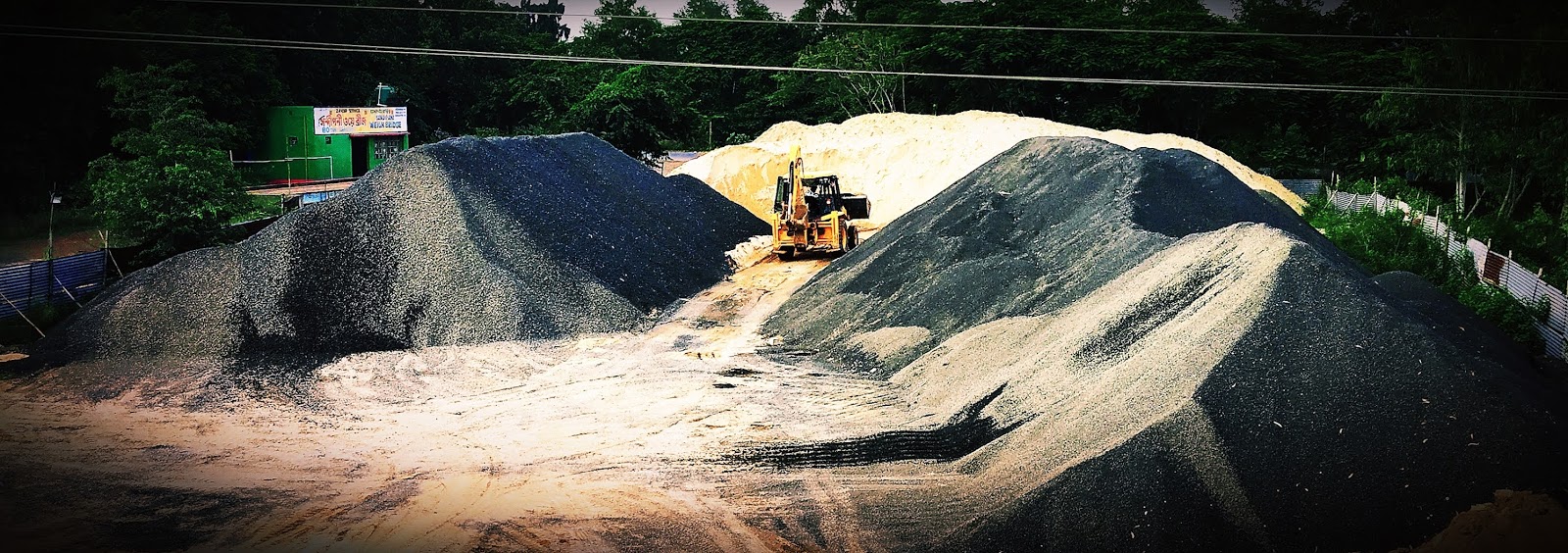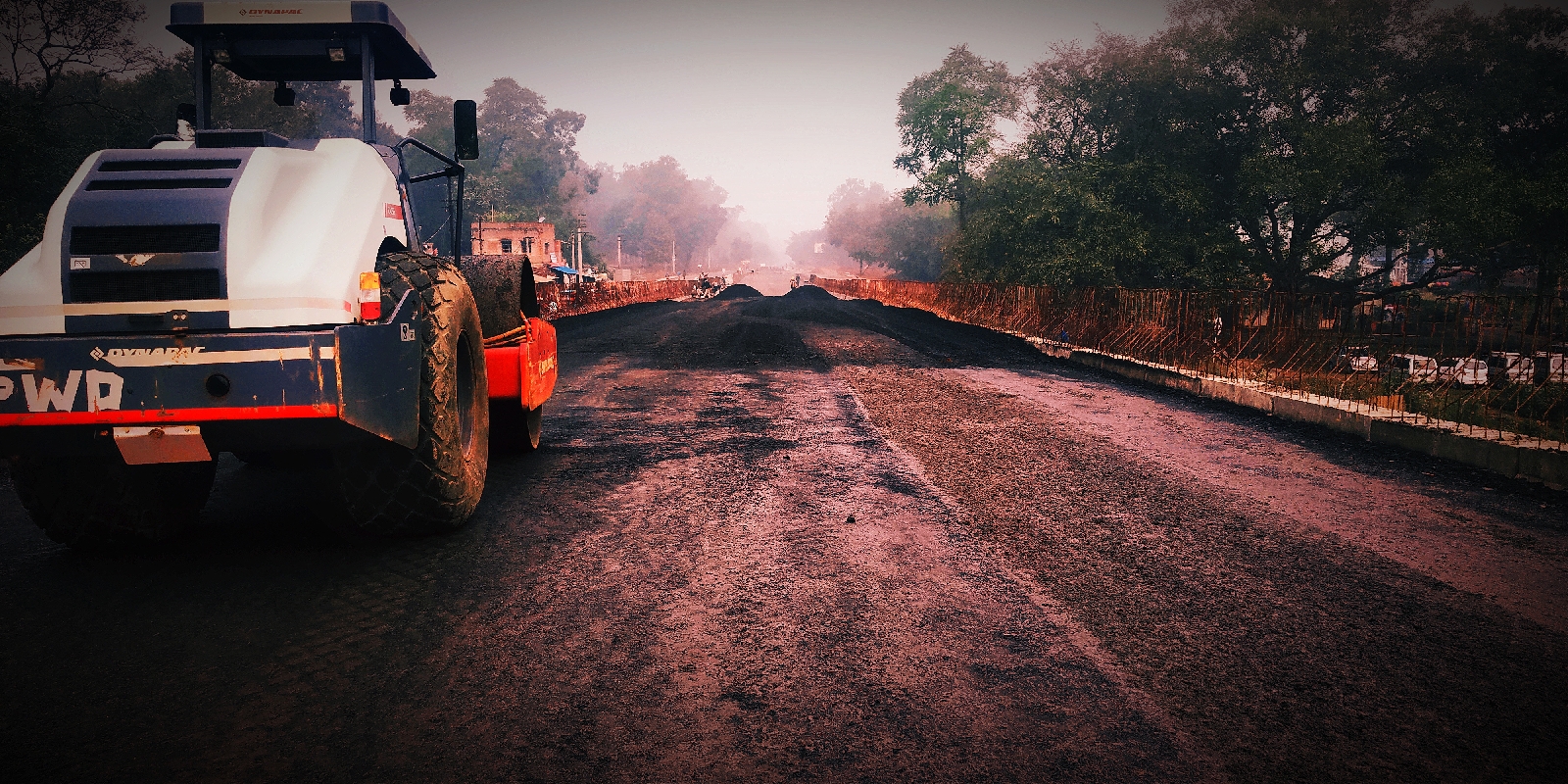Dye Penetrant Test (DPT)
Dye Penetrant Test “(Visible solvent removal non-fluorescent type) to detecting the quality of welding joints between the two-end plate, that are open to the surface such as cracks, seams, laps, cold shuts, lamination, through leaks, or lack of fusion and are applicable to in-process, final and maintenance examination.
Reference Code & Standard
- AWS-D1.1
- ASTM-E 165
- ASTM- E1220
- IS-3658
- ASME Sec-V
- Cleaner
- Penetrant
- Developer
- Lint Free Cloths
- Wire Brush
- Magnifying Glass
- Infrared Temperature Gun Thermometer
- Procedures
Here we will be doing visible penetrant examination by uses a penetrant that can be seen in visible light. The penetrant is usually red, so that the indications produce a defined contrast with the white background of the developer. The visible penetrant process does not require the use of black light. However, visible penetrant indications must be viewed under adequate white light
Step-1 (Pre Cleaning)
The success of any penetrant examination procedure is greatly dependent upon the surrounding surface and discontinuity being free of any contaminant (solid or liquid) that might interfere with the penetrant process. All parts or areas of parts to be examined must be clean and dry before the penetrant is applied. If only a section of a part, such as a weld, including the heat affected zone is to be examined, all contaminants shall be removed from the area being examined as defined by the contracting parties.
``Clean’’ is intended to mean that the surface must be free of rust, scale, welding flux, weld spatter, grease, paint, oily films, dirt, and so forth, that might interfere with the penetrant process. All of these contaminants can prevent the penetrant from entering discontinuities.
Sensitive penetrants are generally less easily rinsed away and are therefore less suitable for rough surfaces. When only loose surface residuals are present, these may be removed by wiping with clean lint free cloths. However, pre-cleaning of metals to remove processing residuals such as oil, graphite, scale, insulating materials, coatings, and so forth, should be done using cleaning solvent
Step-2 (Drying)
The test area will be drying after Cleaning. It is essential that the surface of parts be thoroughly dry after cleaning, since any liquid residue will hinder the entrance of the penetrant. Drying may be accomplished by warming the parts in drying ovens, with infrared lamps, forced hot air, or exposure to ambient temperature.
Step-3 (Application of Penetrant)
After the part has been cleaned, dried, and is within the temperature of 10 ºC to 55 ºC, the penetrant is applied by spraying to the surface and it should be examined so that the entire part or area under examination is completely covered with penetrant.
After application, allow excess penetrant to drain from the part (care should be taken to prevent pools of penetrant from forming on the part), while allowing for proper penetrant dwell time of minimum 5 minutes.
Step -4 (Removal of Excess Penetrant)
After the required penetration time, the excess penetrant is removed in so far as possible, by using wipers of a dry, clean, lint-free material and repeating the operation until most traces of penetrant have been removed. Then using a lint-free material lightly moistened with solvent remover the remaining traces are gently wiped to avoid removing penetrant from discontinuities. Avoid the use of excess solvent.
Step -5 (Developer Application)
After the excess penetrant has been removed and the surface has been dried, apply developer by spraying as soon as possible in such a manner as to ensure complete part coverage with a thin, even film of developer. These types of developer carrier evaporate very rapidly at normal room temperature and do not, therefore, require the use of a dryer.
The length of time the developer is to remain on the part prior to examination should be not less than 10 min.
Step -6 (Examination)
Perform examination of parts after the applicable development time as specified above to allow for bleed out of penetrant from discontinuities into the developer coating. It is good practice to observe the bleed out while applying the developer as an aid in interpreting and evaluating indications.
Visible penetrant indications can be examined in either natural or artificial light. Adequate illumination is required to ensure no loss in the sensitivity of the examination. A minimum light intensity at the examination site of 100 fc (1000 Lx) is recommended.
Step -7 (Post cleaning)
Post cleaning is necessary in those cases where residual penetrant or developer could interfere with subsequent processing or with service requirements. It is particularly important where residual penetrant examination materials might combine with other factors in service to produce corrosion.



.png)


.png)


Comments
Post a Comment